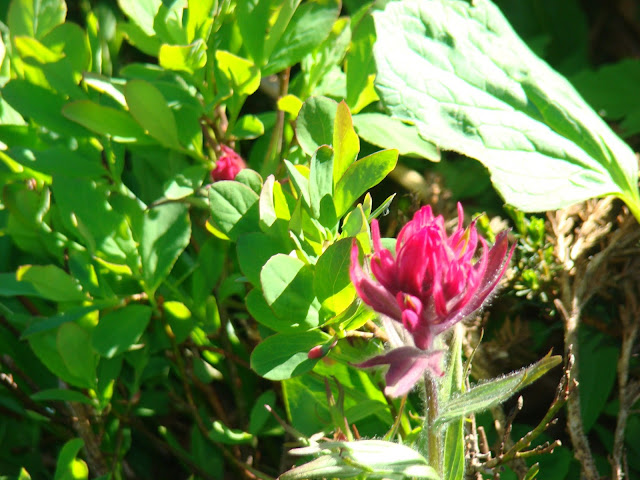Mount Rainier National Park is a United States National Park located in southeast Pierce County and northeast Lewis County in Washington state. It was established on March 2, 1899 as the fifth national park in the United States. The park encompasses 236,381 acres including all of Mount Rainier, a 14,410 foot stratovolcano.
MOUNT RAINIER:
Mount Rainier is the most topographically prominent mountain in the contiguous United States and the Cascade Volcanic Arc. An active volcano, Mount Rainier is the most glaciated peak in the contiguous United States, spawning six major rivers.
Mt. Rainier is considered one of the most dangerous volcanoes in the world, and it is also ranked among the top ten most-most dangerous in the world. According to the US Geological Survey’s Volcano Hazards Program, Because of its large amount of glacial ice, Mt. Rainier could potentially produce massive lahars that would threaten the whole Puyallup River valley.
The highest point in the Cascade Range, around it are valleys, waterfalls, subalpine wildflower meadows, old growth forest and more than 25 glaciers. The volcano is often shrouded in clouds that dump enormous amounts of rain and snow on the peak every year and hide it from the crowds that head to the park on weekends.
Mount Rainier has five developed areas: Longmire, Paradise, Ohanapecosh, Sunrise, and Carbon/Mowich. Although the level of development in these areas ranges from basic -little more than a campground and picnic area- to extensive -hotel, restaurant, visitor center, campgrounds and picnic areas- each can serve as a base for exploring the rest of the park.
HIKING & CLIMBING:
Mountain climbing on Mount Rainier is difficult, involving traversing the largest glaciers in the U.S. south of Alaska. Most climbers require two to three days to reach the summit. Climbing teams demand experience in glacier travel, self-rescue, and wilderness travel.
About 1.8 million people visit Mount Rainier National Park each year and 8,000 to 13,000 people attempt the climb each year, about 90% via routes from Camp Muir on the southeast flank. Mount Rainier is a popular peak for mountain climbing with some 10,000 attempts per year with approximately 50% making it to the summit.
Most of the rest ascend Emmons Glacier via Camp Schurman on the northeast. About half of the attempts are successful, with weather and conditioning being the most common reasons for failure.
Hiking, backcountry skiing, photography, and camping are popular in the park. Hiking trails, including the Wonderland Trail (about 150 km circumnavigation of the peak), provide access to the backcountry. Mount Rainier is also popular for winter sports, including snowshoeing and cross-country skiing.
July and August are generally sunny and mild, with the chance of showers. The rest of the year is usually quite rainy, with heavy snowfall from November through April. Raingear is recommended year round. Trails are steep and well maintained in summer and snow covered and difficult to follow in winter.
Winter storms on Mount Rainier are frequent and severe, with high winds, deep snow, and extremely poor visibility. Winter conditions generally exist from mid-September to mid-May. All parties attempting a winter ascent should be experienced in winter mountaineering, avalanche forecasting and rescue, and be familiar with the intended routes of ascent and descent.











Comments
Post a Comment